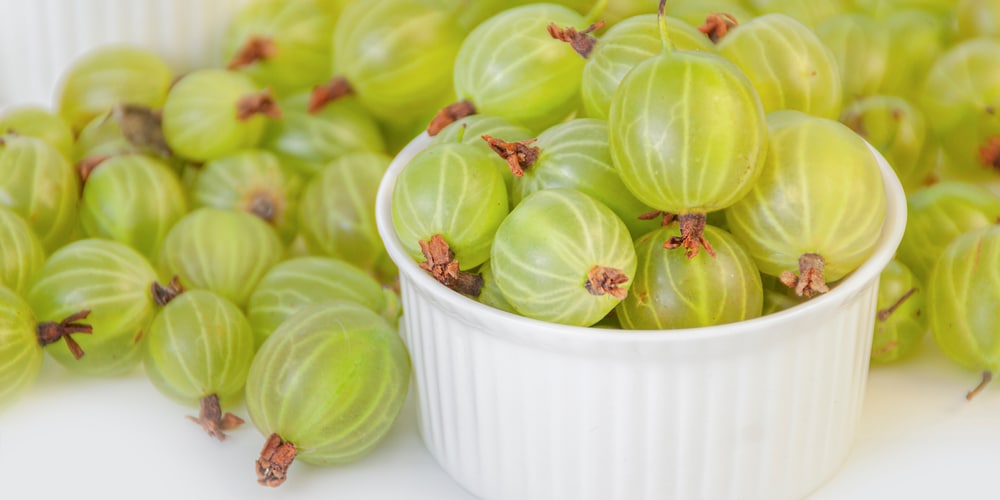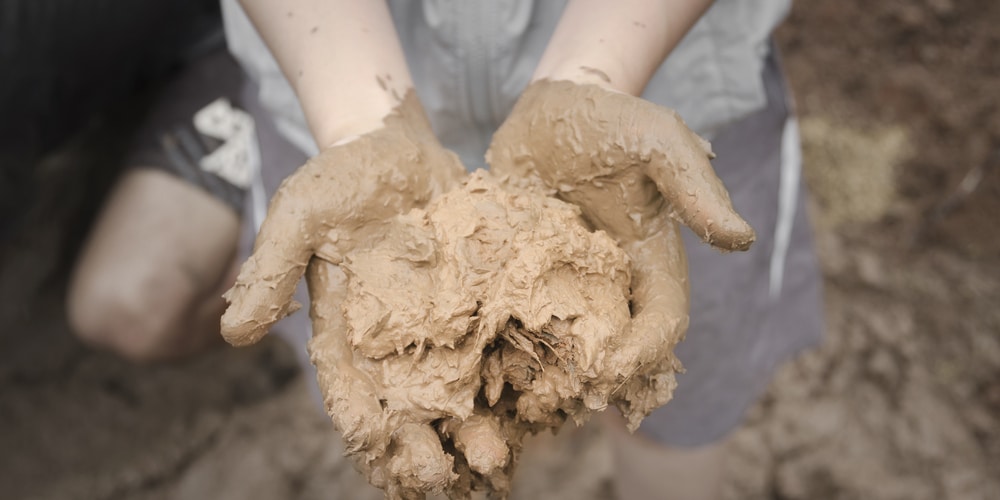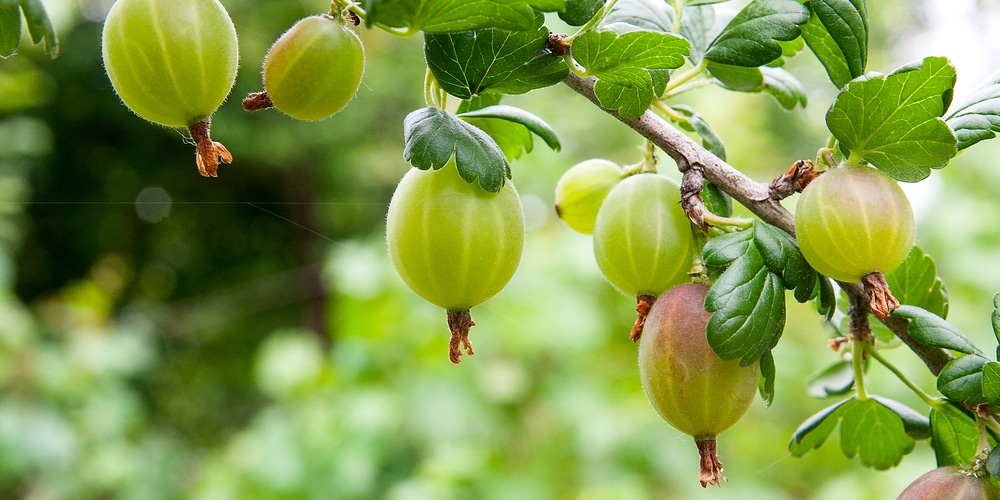Gooseberries are soft fruit bushes with bright green leaves and thorny stems. The shrubs are easy to grow and self-fertile, meaning you can expect abundant fruits without getting more than one plant. Gooseberries are hardy and resistant to most pests and diseases that attack blueberries, making them a perfect option for beginners who want to enjoy a fruit-bearing shrub without the hassle of insects.
Plus, they are versatile and adapt to various conditions without taking up space: with proper care, they will survive low temperatures and even partial shade.
Quick Answer
Luckily, gooseberries perform well in low-temperature, rich, moist clay soil. If you are looking for something that will grow in your yard without demanding much effort and time from your side, consider adding gooseberries.
Why Gooseberries?

And if you are familiar with growing berries, you must know that they tend to rot quickly after harvest. But gooseberries have a longer shelf-life, which comes in handy if you like to use your plants’ fruits for jams, desserts, or as snacks during the day.
Easy to Grow
You can grow gooseberries in the ground or containers: regardless of how you plant them, they will add a splash of color to your garden. For more dramatic effects, train them against walls or other structures. You can even use them as natural fences and borders around your garden.
They Attract Bees and Butterflies
But if you are looking for a showy plant with bright-colored flowers, gooseberry might not be your best option. Its blooms are small and pale green, with a touch of pink in the center. Still, they attract plenty of beneficial pollinators, including bees and butterflies, making them ideal companions plants to species that need support in pollination.
They Look Beautiful in the Fall
If you need something to make your garden more attractive all year round, consider getting gooseberries: their leaves turn red in the fall for stunning effects.
If all of this sounds good to you, you might consider adding gooseberries to your garden right now. But what if you live somewhere the soil isn’t as easy to work through? Do gooseberries like clay soil? And what can you do to improve your yard’s conditions to recreate the optimal conditions for these plants to grow?
If you are curious to find answers to these questions, read on! In this essential guide, you’ll learn which soil do gooseberries like and how to take care of them to get plenty of berries and vibrant foliage.
Do Gooseberries Like Clay Soil?

If you have clay soil in your garden, you might get frustrated, and we understand that. Growing plants on this substrate is not an easy task. Luckily, gooseberries perform well in low-temperature, rich, moist clay soil. If you are looking for something that will grow in your yard without demanding much effort and time from your side, consider adding gooseberries.
Still, you might have to make some amendments to your soil, especially if you live in a region where rain falls with high frequency. Indeed, gooseberries like moisture but do not tolerate waterlogged conditions. And if you know something about clay, you must be familiar with how easily it can trap and retain water. To avoid that from happening, add compost to the ground and a layer of mulch using bark chips or manure. Doing so will improve drainage, keep weeds at bay, and regulate the temperature in the soil.
Don’t forget that gooseberries prefer low temperatures: they grow best in USDA hardiness zones between 2 and 8. If you live in a warm region, select a location exposed to the north that gets between three to six hours per day. Too much sunlight might cause your gooseberry leaves to turn brown and burn. Consider placing your plants in a location that receives morning sun and shade in the afternoon.
How To Grow Gooseberries
You can plant these fruit shrubs in containers or train them against a wall or other structures to support their vertical growth. Once you choose an appropriate location for them, don’t forget to make a pH test: gooseberries need pH levels between 5.5 and 7.0. If your soil is more alkaline, make the necessary amendments.
For more productive harvests in the future, avoid letting the plant produce flowers and fruits during its first year of life. Doing so will allow your gooseberries to focus on growing and establishing in your garden. Add some slow-releasing fertilizing to boost production, and by the third year, you’ll get a voluminous crop. Avoid giving your plants too much nitrogen: it will cause leaf growth at the expense of fruit.
Do Gooseberries Like Clay Soil?: Final thoughts
Also, don’t forget to prune your plants at least once per year if you want your gooseberries to be productive and maintain an attractive shape.
Related Article: Can Lavender Grow in Clay Soil?
